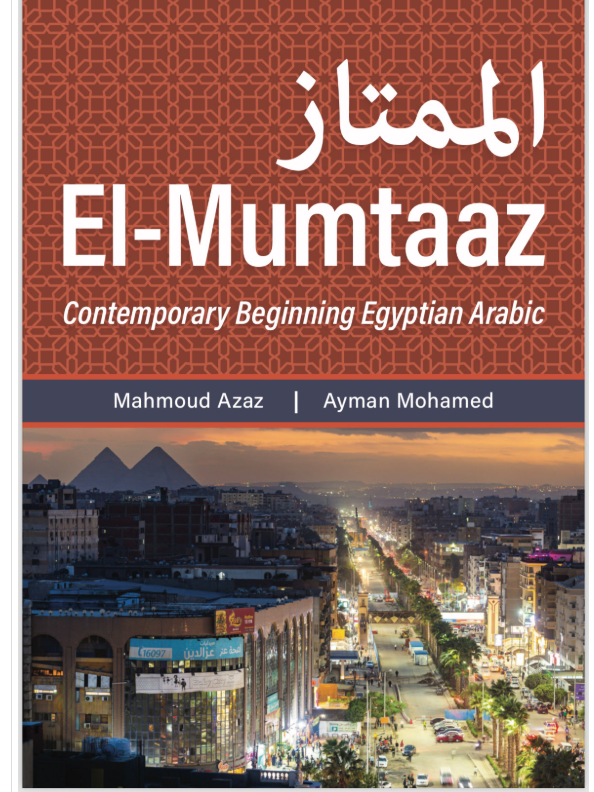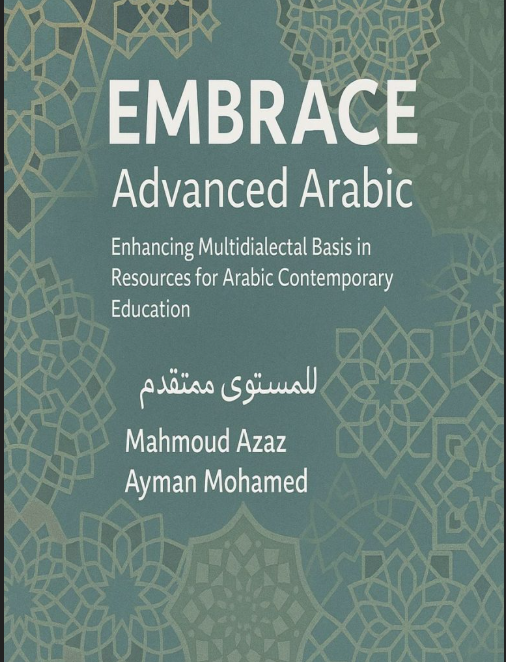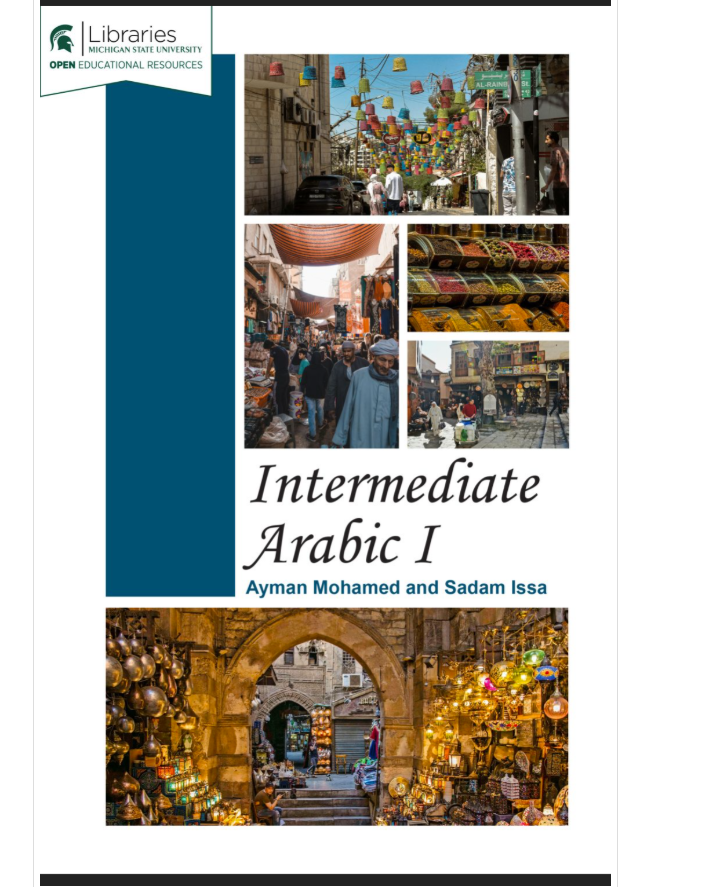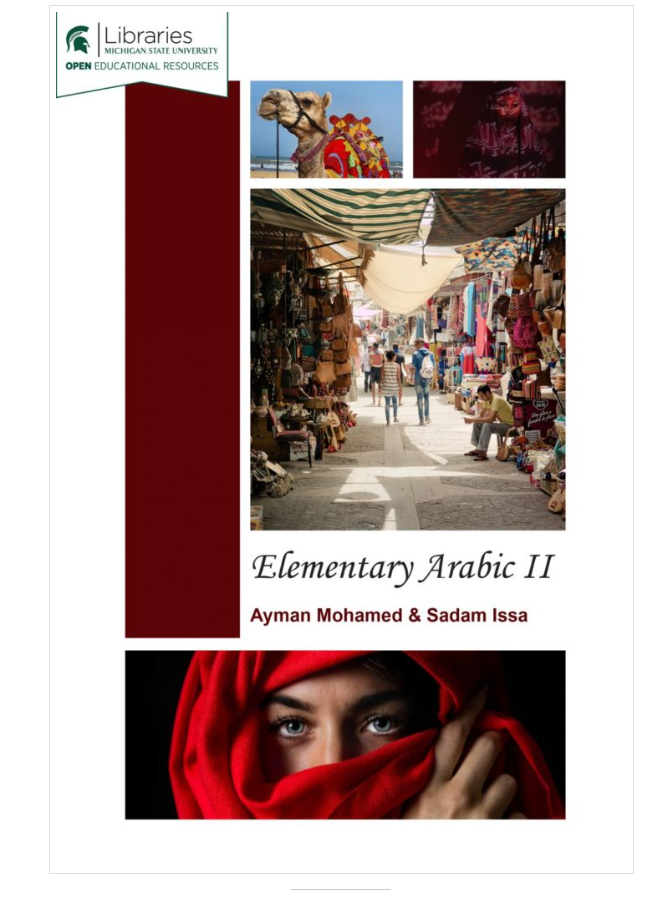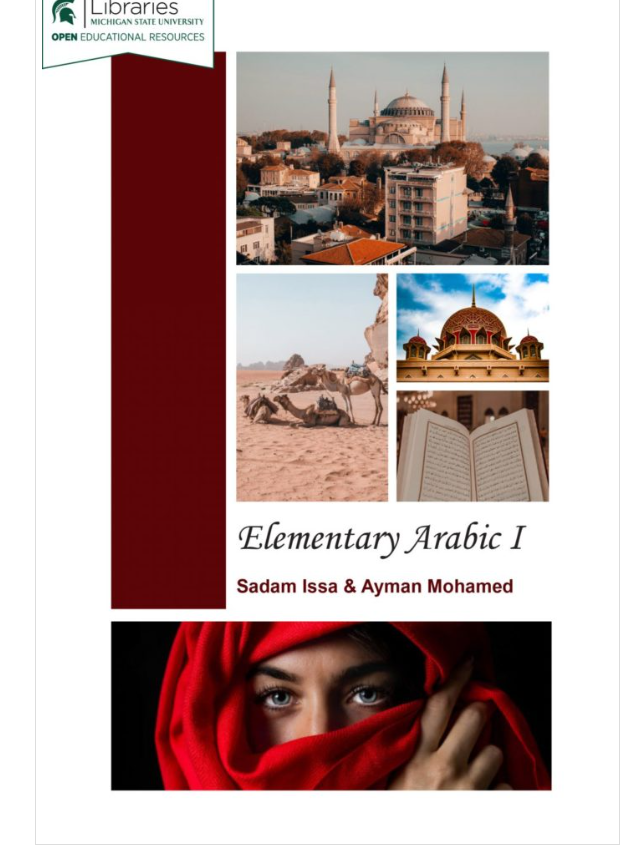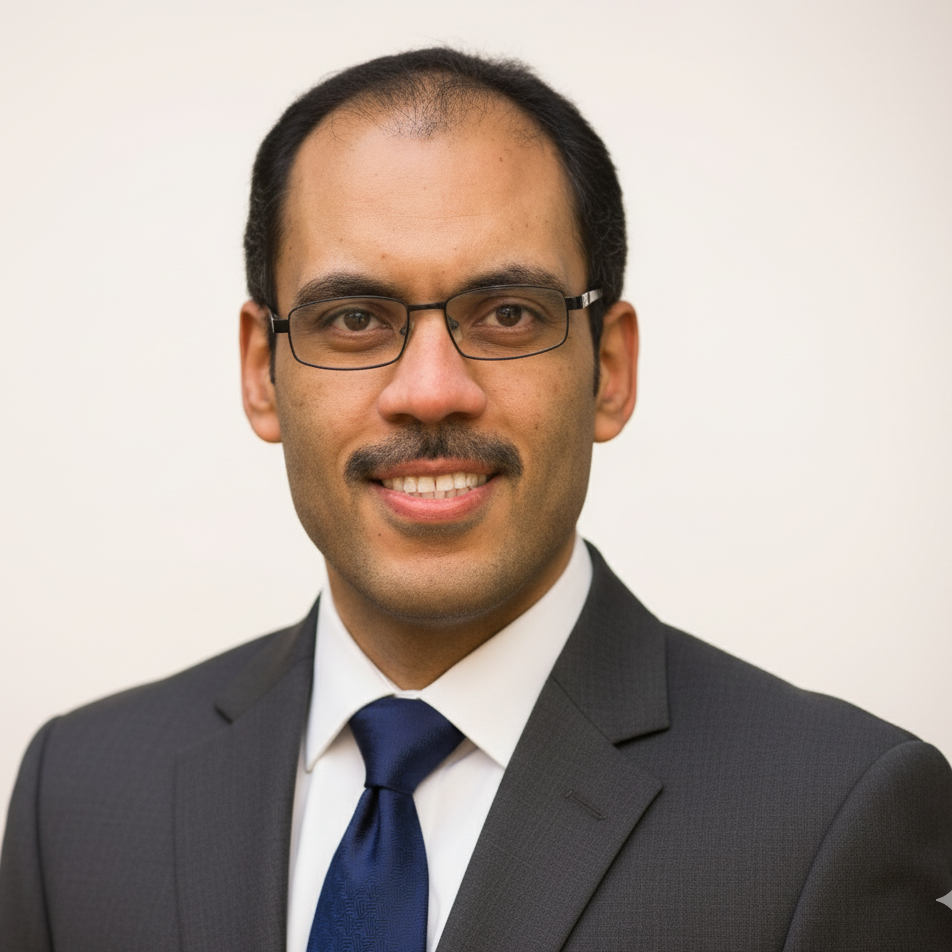
Biography
Ph.D., Second Language Studies, Michigan State UniversityAyman Mohamed is an assistant professor of Arabic at Michigan State University. He pursued graduate studies in the U.S, obtaining an MA degree in Linguistics and ESL from the University of North Texas under a Fulbright grant. He received his PhD from Michigan State University SLS Program with a focus on second language vocabulary acquisition. His research interests include task-based learning, incidental vocabulary acquisition and using eye tracking techniques in second language reading. Dr. Mohamed has taught all levels of Arabic at MSU, as well as Egyptian dialect classes. In addition, Dr. Mohamed’s major contribution to the program was his work on curricular development through hybrid and online classes and pedagogical innovation by publishing open-source textbooks for elementary Arabic. Articles by Dr. Mohamed were published in journals such as the Studies in Second Language Acquisition (Cambridge University Press), Journal of the National Council of Less Commonly Taught Languages (NCOLCTL) and Foreign Language Annals. He is the co-author of El-Mumtaaz, a textbook in Egyptian Arabic (2025) by Georgetown University, aimed at advancing teaching and learning Arabic as a multidialectal language. He was recently awarded the MSU IT Excellence in Teaching with Technology Award for his effort in utilizing technology to advance open education and inclusive pedagogy in LCTLs. Check Arabic learning resources
Works
Azaz, M. & Mohamed, A. (2025). Elmumtaaz: Contemporary Beginning Egyptian Arabic. Georgetown University Press, Washington DC).
Rabie-Ahmed, A. & Mohamed, A. (2024). Translanguaging practices and social identity of heritage learners in an online Arabic classroom. Critical Multilingualism Studies, 11, 165-195
Issa, S. & Mohamed, A. (2023). Students’ perspectives on hybrid and online Arabic classes: A case study. JNCOLCTL, 33, 121-158.
Rabie‐Ahmed, A., & Mohamed, A. (2022). Collaborative and individual vocabulary learning in the Arabic classroom: The role of engagement and task demands. Foreign Language Annals,1–19. https://doi.org/10.1111/flan.12636
Nassif, L., Huntley, E., & Mohamed, A. (2022). Attention to verbal morphology in L2 Arabic reading: An eye‐movement study. Foreign Language Annals, 55, 769 792. https://doi.org/10.1111/flan.12644792
Rabie-Ahmed & Mohamed, A (2022). Instructed Reading and Vocabulary in Arabic as a Foreign Language: A Research Agenda. JNCOLCTL, 32, 1–45
Mohamed, M, & Issa, S (2021). Elementary Arabic: Open-Source Book. MSU libraries.
Mohamed. A (2018). Looking at words: An eye tracking investigation of L2 Arabic vocabulary learning. In Routledge Handbook of Arabic Second Language Acquisition. London: Routledge (pp. 139-156)
Mohamed, A. A. (2018). Exposure frequency in L2 reading: An eye-movement perspective of incidental vocabulary learning. Studies in Second Language Acquisition, 40(2), 269-293.
Gass, S. M., & Mohamed, A. (2018). Approaches to second language acquisition in relation to Arabic. In Handbook for Arabic Language Teaching Professionals in the 21st Century (Vol. 2, pp. 41-61). Taylor and Francis. DOI: 10.4324/9781315676111
Mohamed. A (2016). Task-based incidental vocabulary learning in L2 Arabic: The role of proficiency and task performance. JNCOLCTL, 18, 121-157
Mohamed. A. (2013). Interview with Norbert Schmitt. MSU Working Papers in SLS, 4(1), 21-23.
Mohamed. A. (2013). Arabic Second Language Acquisition of Morphosyntax. Book review. MSU Working Papers in SLS, 4(1), 10-13.
Mohamed. A. (2012). Task based language learning(Ed.). Book review. Linguist list.
Mohamed. A (2012). Investigating incidental vocabulary acquisition in conversation classes: A qualitative and quantitative analysis. MSU Working Papers in SLS, 3(1), 30-48.
Videos
College of Arts & Letters News
- Professor of Arabic Honored for Excellence in Teaching with TechnologyCollege of Arts & Letters
February 7, 2023Ayman Mohamed, Assistant Professor of Arabic in the Department of Linguistics, Languages, and Cultures at Michigan State University, is being honored with a 2023 AT&T Excellence in Teaching with Technology Award for his work redesigning his Elementary Arabic […] Read Now →
- Faculty Receive Funding to Develop Open Educational ResourcesCollege of Arts & Letters
July 9, 2020In an effort to promote equal access to information and spaces for all, MSU Libraries have awarded nine MSU faculty members funding assistance for the creation and adaption of open education resource materials for the 2020-21 academic year as part of a new program designed to […] Read Now →
SPARTANS WILL | © Michigan State University
